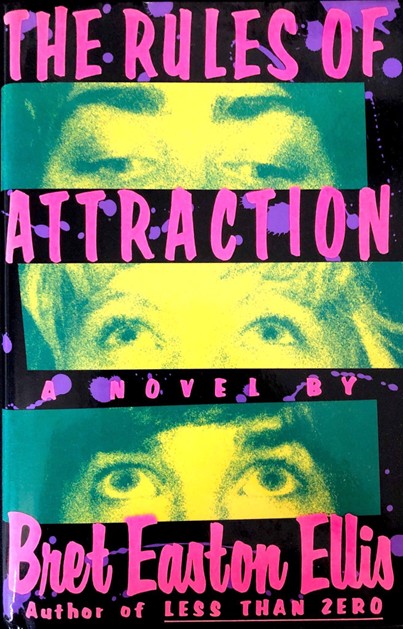
Mitch Marty, Managing Editor
Over the past year, I worked with the 2017 – 2018 Editorial Board to design event posters for our Works in Progress reading series in Albuquerque, read for Blue Mesa Review, and helped our Editor-in-Chief design Issues 36 and 37 of the magazine. When I think about design and how it intersects with my new role as Managing Editor, I can’t help but consider the DIY ethic most artists have to assume in the digital age. A fledgling author cultivating a place for themselves in the writing world has to learn their craft, understand how to navigate the landscape of publication, market themselves, and know a handful of other skills to get their work to all the right people to be read, let alone published. As the designer for Issues 38 and 39, I want to take the burden of wondering how your work will be represented off of your shoulders.
Our transition from a print to digital format in 2010 has impacted the way we approach every issue of Blue Mesa Review. The chance to publish for a wider audience of readers has been critical. Our readership has grown with each issue as a direct result of eliminating the cost barrier to access the print publication. Through online publication, we can now see different metrics of how many people are reading, how long they are reading for, and where they’re reading from (geographically), in a way that we could never gauge in print, which helps us to determine how to engage readers in new ways from issue to issue, while focusing more on each piece we receive from submitters.
Each year, someone new steps into the role of designer and is able to take their own approach to the magazine’s layout. I’ve thought about what has worked in previous issues and have made decisions on how to improve or change the magazine based on this evolutionary cycle from one editor to the next. Although I like my lit mags to have a clean, simple design with consistent style markers to orient readers, I think lit mag designs work best when they also engage through use of partial and full-spread images, pull quotes, and other formatting features that aren’t necessarily as cost-effective for print magazines on a small budget.
One point of focus regarding the layout of future issues of Blue Mesa Review is how readers can engage with its form in a way that highlights the content. Is it effective to hyperlink from the table of contents directly to a piece within the issue? Of course. From an author’s or artist’s name to their bio? Yes. Both of these small but important changes make the magazine more navigable, and therefore more accessible to a wider range of readers. Although it’s difficult to develop a design that balances consistency, utility, accessibility, and engagement, while considering how these function with the content of the magazine, that’s my goal for the next year with the release of our Fall and Spring issues.
In addition to layout and formatting, I’ll also be on the hunt for great artwork that compliments the nonfiction, poetry, and fiction submissions that we select for each issue. Because we choose art that works in conjunction with each piece, and cover art that highlights the overarching feel of the issue, there isn’t a one-size-fits-all prescription for what we accept. If you are a visual artist or have friends who are, head over to our Submittable for the specific requirements to submit.
I can’t wait to read your submissions, peruse your art, and get to work designing the next issue of Blue Mesa Review to share with our readers.




